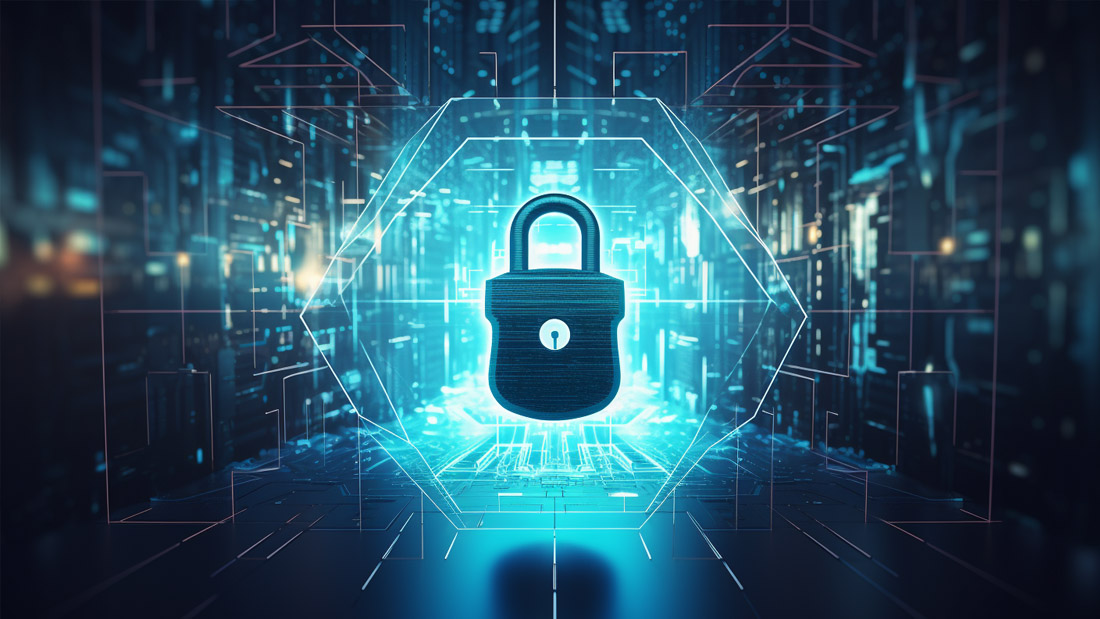Understanding Cybersecurity: Key Definitions Every User Should Know
July 28, 2023
Go back to "News & Updates"

Introduction
Understanding cybersecurity can seem daunting at first glance, particularly given the complex jargon and technical terminology that often come with it. However, by learning key definitions in the field, users can begin to demystify this vital aspect of modern digital life. With the rapid digitalization of almost every aspect of our lives, understanding cybersecurity is not just for the tech-savvy anymore—it’s essential for everyone.
Cybersecurity: A General Overview
Before we delve into the key definitions, let’s begin with a basic understanding of cybersecurity. At its core, cybersecurity is the practice of protecting computers, servers, mobile devices, electronic systems, networks, and data from digital attacks. These attacks are usually aimed at accessing, changing, or destroying sensitive information, interrupting normal business processes, or extorting money from users.
Key Definitions Every User Should Know
Financial institutions need robust IT systems to manage transactions, customer data, and comply with regulations like Sarbanes-Oxley Act (SOX) and Payment Card Industry Data Security Standard (PCI DSS).
1. Malware
Malware is a portmanteau for malicious software, which is designed to cause damage to a computer, server, client, or computer network. Malware can take various forms, including viruses, worms, Trojans, ransomware, and spyware.
2. Phishing
Phishing is a cybercrime where targets are contacted by email, telephone, or text message by someone posing as a legitimate institution. The aim is to lure individuals into providing sensitive data such as personally identifiable information, banking, and credit card details, and passwords.
3. Firewall
A firewall is a network security system that monitors and controls incoming and outgoing network traffic based on predetermined security rules. It serves as a barrier between a trusted network and an untrusted network.
4. Encryption
Encryption is a method of converting data into a code to prevent unauthorized access. It’s one of the most effective ways to achieve data security. To read an encrypted file, you must have access to a secret key or password that enables you to decrypt it.
5. Two-Factor Authentication (2FA)
Two-Factor Authentication is a security process in which the user provides two different authentication factors to verify themselves before gaining access to an online account. It’s a crucial extra layer of security that ensures that even if your password is compromised, an attacker can’t gain access without the second factor.
6. Virtual Private Network (VPN)
A VPN creates a secure, encrypted connection—which can be thought of as a tunnel—between your computer and the server operated by the VPN service. It ensures your web browsing is safe, private, and anonymous.
7. Ransomware
Ransomware is a type of malware from cryptovirology that threatens to publish the victim’s data or perpetually block access to it unless a ransom is paid.
8. Dark Web
The Dark Web refers to encrypted online content that is not indexed by conventional search engines. Often, the dark web is used for illegal activities, including the trafficking of stolen personal information, illicit goods, and illegal services.
Wrapping Up
Understanding the language of cybersecurity is the first step towards protecting yourself and your data. By familiarizing yourself with these key terms, you’ve laid the groundwork for stronger, more effective cybersecurity habits. Remember, staying secure online is not a one-time activity but requires continuous learning and vigilance.
In this age of rapid technological advancement, cybersecurity is everyone’s responsibility. It starts with understanding. Stay safe, stay educated, and remember: knowledge is your best defense.











